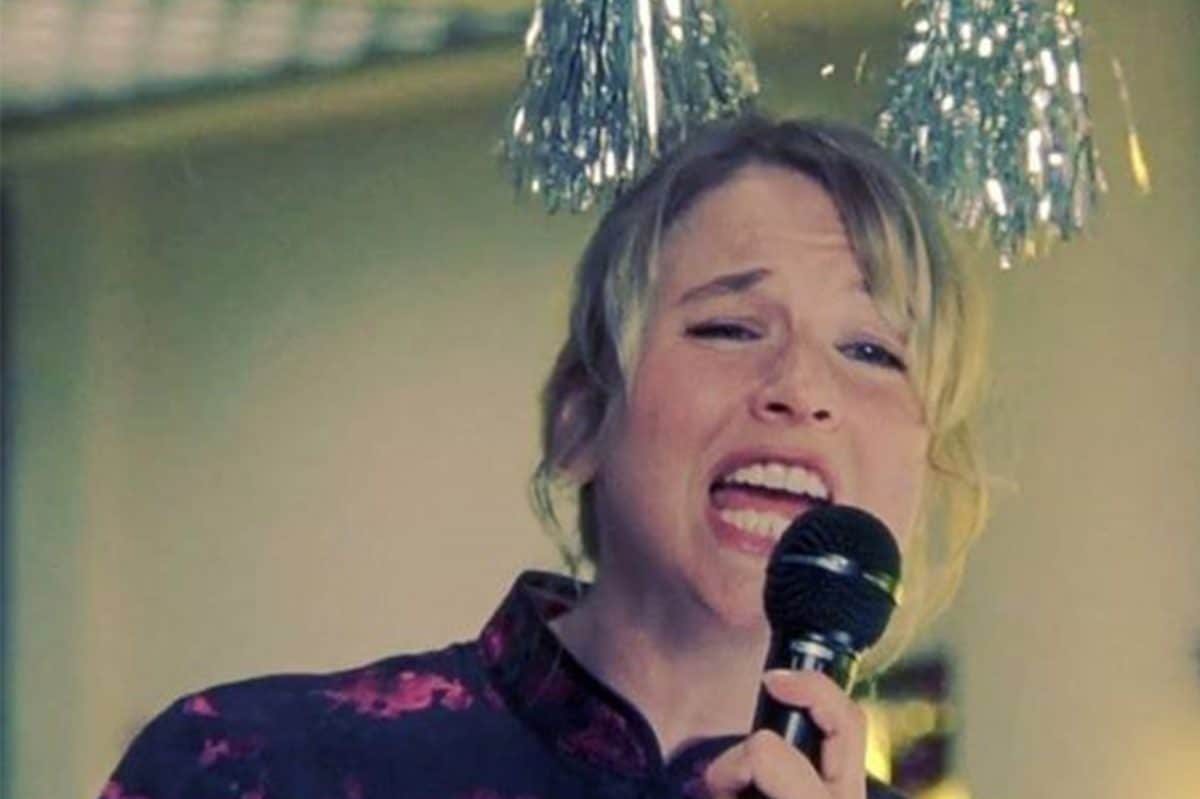
Oceania: An immense body of water consisting of the islands of the central and South Pacific, including Melanesia, Micronesia, and Polynesia, Australasia, and the Malay Archipelago. Oceania is also dominated by the nation of so-called Australia. For anyone on the Southern Hemisphere, one of the most common things to bemoan is how terribly far away and separate we often feel from the rest of the world.
This seeps into one of the most over-sung cultural critiques of our home, that our talents and creative productivities are very much under-sung. Precarious employment, juggling other avenues of work and constant instability plague our creatives who are pulling in star-studded stats on platforms like TikTok and Instagram. Despite boasting a pantheon of social media stars who are responsible for traffic staggering upwards of millions (a precedence that RUSSH upholds intimately), Australian content creators are struggling to be compensated fairly for their work. Let's find out why and where these challenges manifest.
TikTok
TikTok's pull across Gen Z and beyond is obvious for many reasons. Its rapid-fire interface makes its dissemination of never-ending discourse all the more accessible for the masses. As of 2023, 8.3 million users registered were Australian, accounting for 31% of the population. When the Creator Fund was introduced in 2020, Australia's absence loomed. The short video platform has since been punted heavily to include our creatives and to allow them to mine the hard-earned efforts of their creations.
With more than 44% of the sites total ad reach reaching Australians, Instagram still reports over 11.6 million Australian users. Despite these stats, its affiliate program is highly-selective, operating on an invite-only basis. The Instagram Reels Play Bonus Program is notoriously difficult to crack into, making it a less competitive domain for Instagram creatives to work within.
YouTube
YouTubers face a unique struggle of their own: requirements on monetised video production are high, and the production behind a long-form video also far more labour intensive. Video production oscillates from anywhere from 2-6 hours, inclusive of script-writing, set-up, editing and soundcheck. YouTubers also need a definitive understanding of SEO in order to reach traffic, which puts the run-of-the-mill creator at an educational disadvantage. To even apply for monetisation, you'll need 500 subscribers and at least 3,000 watch hours in the last 12 months.
Meta's own pitfalls are the very same: the barriers to entry exist at a very high point to cross. Facebook monetisation is a strictly invite- only, and there is no real guidance on how to procure an invite. The hard-line for the Meta's Creator Content Bonus Programme includes a long crib-sheet of Ts&Cs. Prospective creators must adhere to both Facebook’s Partner Monetisation Policies, and Facebook’s Content Monetisation Policies. Just to be eligible, there's also programme onboarding and a slew of enrolment processes to get through in under six months. Also, who's still on Facebook?
The Consensus
Well, what now for Australia's elite creators? The only viable way forward seems to be crafting one-on-one brand partnerships, which are no easy feat from both ends. It is also imperative moving ahead that even more must be done to spotlight creators of disproportionate and diverse backgrounds. Luckily, we've got your work cut out for you. Here are some of our favourite LGBTQUIA+ creators tearing up the beauty game. For our brands to reach out with cultural deference to First Nations creatives, head here.



